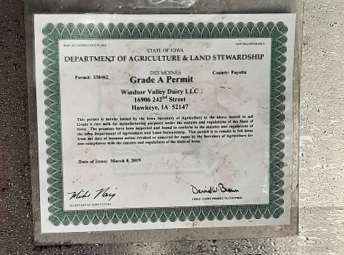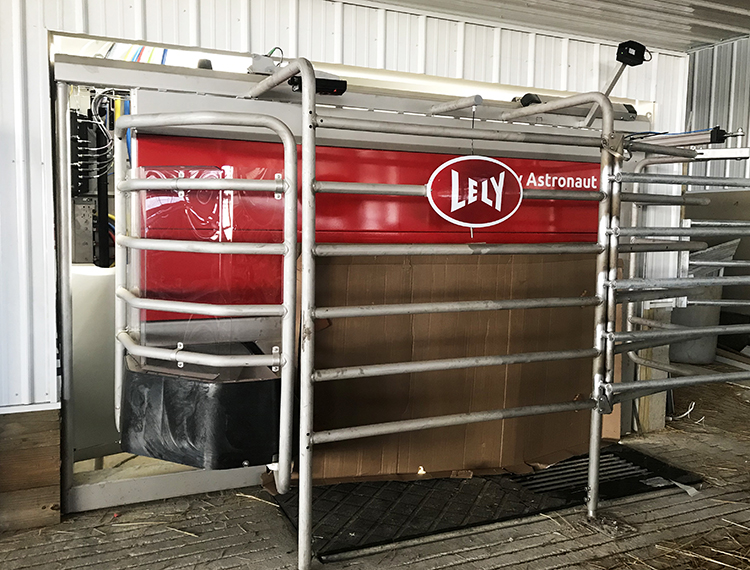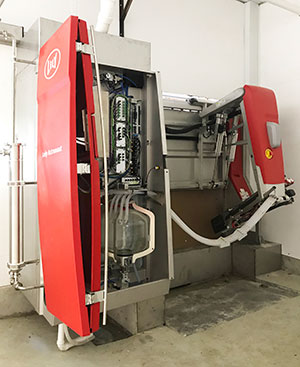
When you graduate from school, the stress of report cards, tests, and pop quizzes is something we like to believe is left in the rearview mirror. Then, you move into the adult world of performance reviews equating to report cards; difficult projects far more challenging than any algebra test; or, for dairy farmers, farm inspections that are a hybrid pop quiz and report card rolled into one.
In order to market our milk, we rely on a good rating, always aiming for Grade A. If you keep your milk room clean, parlor washed down, repairs in order, and equipment in pristine condition, you can feel pretty confident in maintaining your Grade A rating when the state and federal milk inspectors come around. There are always small repairs the inspector might find that need to be fixed before their next visit — a crack in a window that could let flies in, a worn down part of the cement floor that needs sealed, medicines that aren’t stored or labeled properly, an ill-hung door that isn’t closing quite right, and the list goes on and on. All these inspection items, combined with the uncertainty and surprise nature of inspector visits, add a level of stress for dairy farmers.

We just had our state inspector visit the farm last week. While everything was in order and cleaned to our daily standards, we hadn’t been able to do our deep clean scrubbing and pressure washing due to a few weeks of harsh cold. While our parlor area wasn’t as spotless as we typically strive for, we still passed inspection to maintain our Grade A rating. In the end, every dairy farmer hopes each inspection report equates to receiving a school report card worthy of display on the fridge.

Next week, we will have the inspector back again for a scheduled visit to check out our facility and equipment for our two new robots. With the inspector’s blessing, we’ll be up and running in another week or two with a small group of starter milk cows in our expanded Lely robot setup. Check out my recent blog post if you want to know more about our farm’s current transition and expansion from two Lely robotic milkers to four.
We’re one week away from starting up our second set of robots as part of our robot barn expansion. While it will be later this spring or summer before we are able to construct a 100-foot extension on our freestall barn and reach full capacity of cows per robotic milking unit, we have enough stalls ready to start milking 50 to 60 cows with our additional robots.
The crews working daily to get the robots up and running are gradually completing their pieces to the greater puzzle of a fully functioning room with two more running robots. All we have left to do before we can start bringing cows into the new part of the barn is wrap up a few details, clean up construction equipment, and pass our inspection. Stay tuned for more details on our transition and building project in the next few months!

The author dairy farms with her parents and brother near Hawkeye, Iowa. The family milks approximately 300 head of grade Holstein cows at Windsor Valley Dairy LLC — split half and half between a double-eight parallel milking parlor and two robotic milking units. In the spring of 2020, Molly decided to take a leap and fully embrace her love for the industry by returning full time to her family’s dairy.







